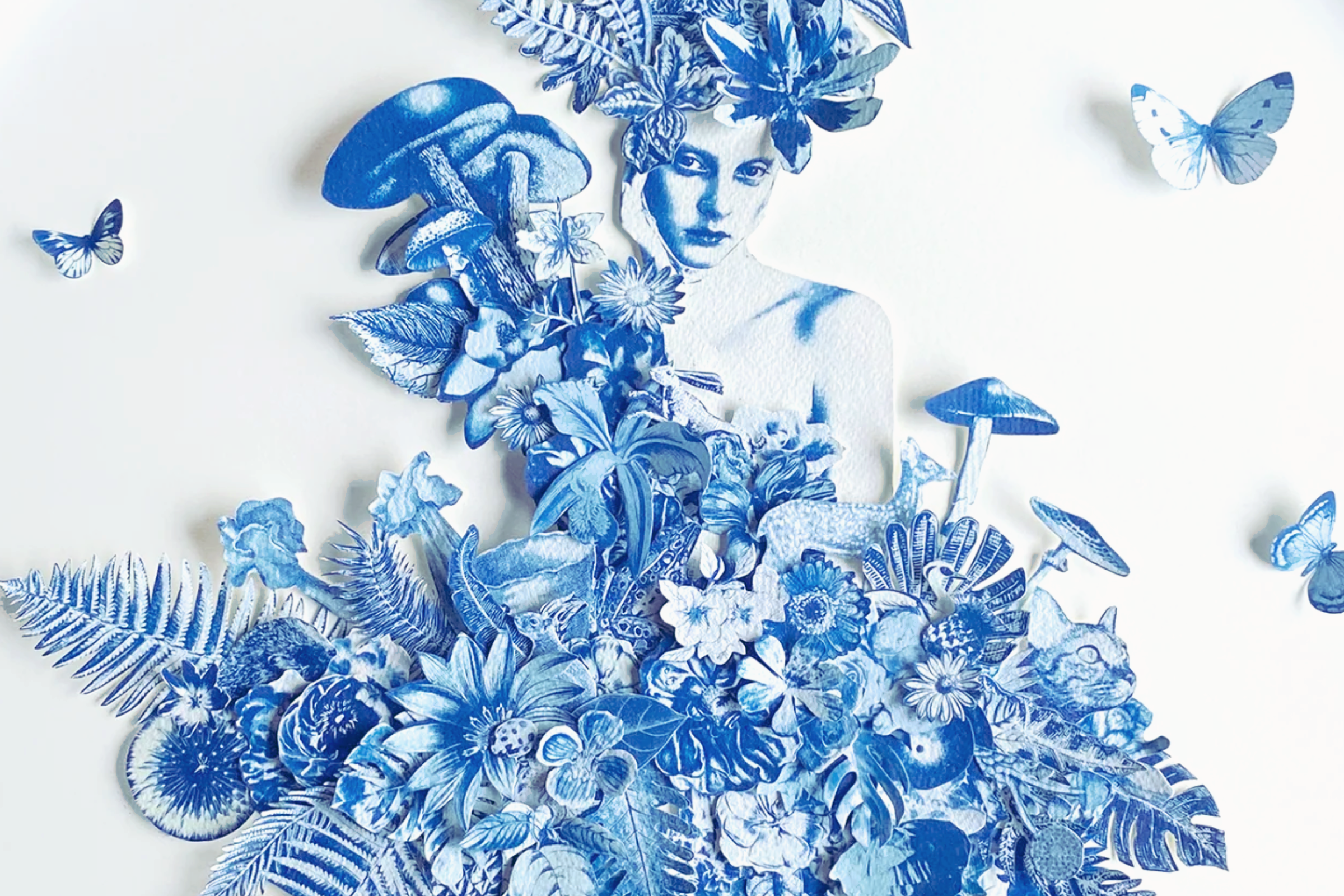
The History of Cyanotypes
The cyanotype, a unique form of photography, has a rich history dating back to the 19th century.
Invented in 1842 by Sir John Herschel, an English scientist and astronomer, cyanotypes were initially a means of reproducing diagrams, earning them the name 'blueprints'. This process uses two chemicals: ferric ammonium citrate and potassium ferricyanide, applying the solution of compounds to a paper surface. Upon exposure to ultraviolet light, would develop into a beautiful, distinctive Prussian blue color using water to fix the image.
Though initially used for practical purposes, cyanotypes quickly found favour in the world of art. The ethereal quality and the stark contrast of blue against white brought a dreamlike, almost otherworldly dimension to the images. Notably, Anna Atkins, an English botanist and friend of Herschel, adopted this technique in 1843 becoming the first person to produce a photographically illustrated a book using cyanotypes (known as 'shadowgraphs').

Cyanotypes fell out of favour with the advent of more convenient photographic processes. However, in the late 20th and early 21st centuries, there was a resurgence of interest in this technique among artists and photographers. The renewed appeal lay not just in the unique visual quality of cyanotypes but also in their simplicity and accessibility. The process, involving a few non-toxic chemicals, made it an attractive medium for experimentation and artistic expression. The cyanotype process has remained virtually unchanged since its invention but a few variations have been developed, one of which is the New Cyanotype II.

Today, cyanotypes are celebrated for their blend of historic and artistic significance. Artists and photographers continue to explore this medium, often merging traditional methods with more contemporary concepts. The cyanotype process, with its deep historical roots and unique aesthetic, stands as a testament to the enduring nature of traditional photographic techniques in an increasingly digital world. This resurgence in popularity highlights a broader trend in the art world - a return to and appreciation for handmade, tactile art forms.

Invented in 1842 by Sir John Herschel, an English scientist and astronomer, cyanotypes were initially a means of reproducing diagrams, earning them the name 'blueprints'. This process uses two chemicals: ferric ammonium citrate and potassium ferricyanide, applying the solution of compounds to a paper surface. Upon exposure to ultraviolet light, would develop into a beautiful, distinctive Prussian blue color using water to fix the image.
Though initially used for practical purposes, cyanotypes quickly found favour in the world of art. The ethereal quality and the stark contrast of blue against white brought a dreamlike, almost otherworldly dimension to the images. Notably, Anna Atkins, an English botanist and friend of Herschel, adopted this technique in 1843 becoming the first person to produce a photographically illustrated a book using cyanotypes (known as 'shadowgraphs').

Cyanotypes of British Algae by Anna Atkins (1843)
Cyanotypes fell out of favour with the advent of more convenient photographic processes. However, in the late 20th and early 21st centuries, there was a resurgence of interest in this technique among artists and photographers. The renewed appeal lay not just in the unique visual quality of cyanotypes but also in their simplicity and accessibility. The process, involving a few non-toxic chemicals, made it an attractive medium for experimentation and artistic expression. The cyanotype process has remained virtually unchanged since its invention but a few variations have been developed, one of which is the New Cyanotype II.

Queen of the Waves Bathed in Moonlight XL - Chloe McCarrick (2023)
Today, cyanotypes are celebrated for their blend of historic and artistic significance. Artists and photographers continue to explore this medium, often merging traditional methods with more contemporary concepts. The cyanotype process, with its deep historical roots and unique aesthetic, stands as a testament to the enduring nature of traditional photographic techniques in an increasingly digital world. This resurgence in popularity highlights a broader trend in the art world - a return to and appreciation for handmade, tactile art forms.

Beatrix's Fantastical World - Chloe McCarrick (2023)

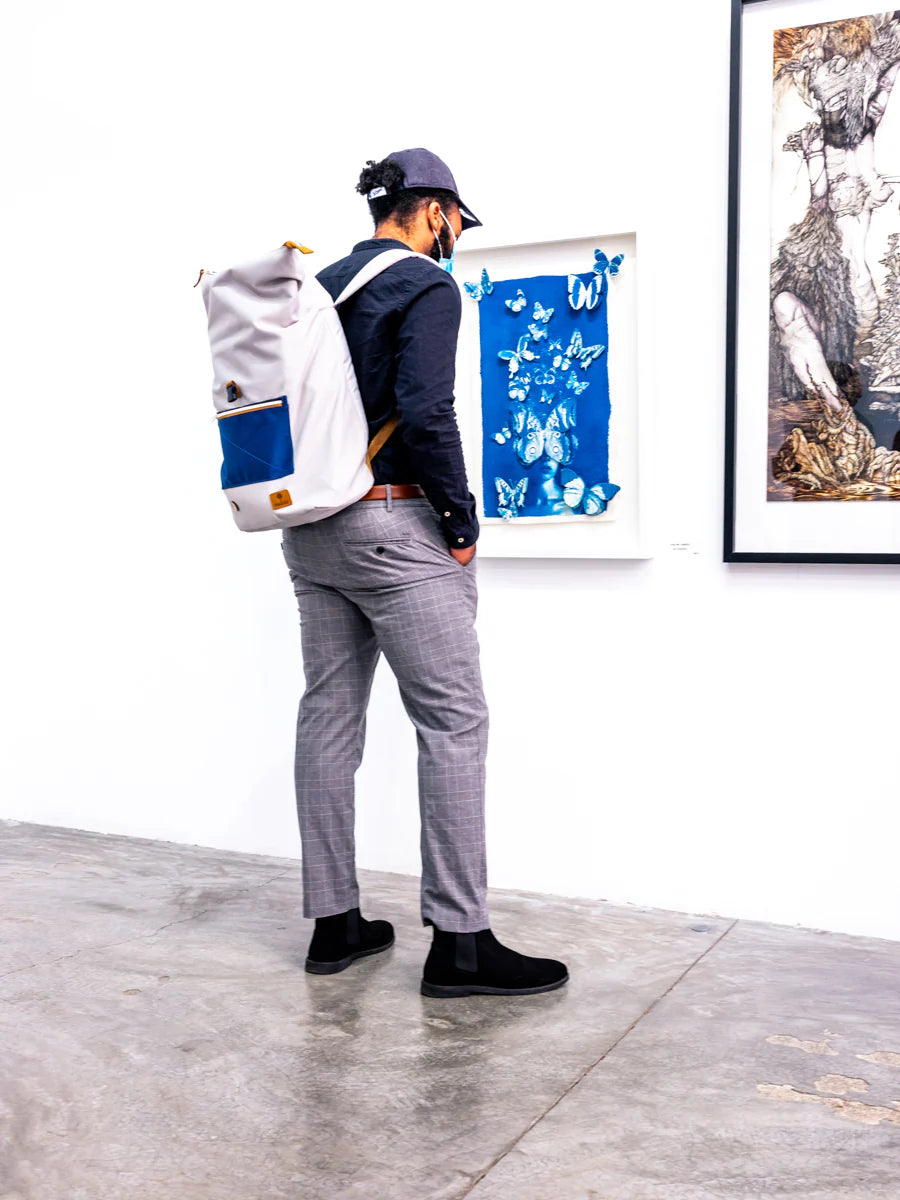
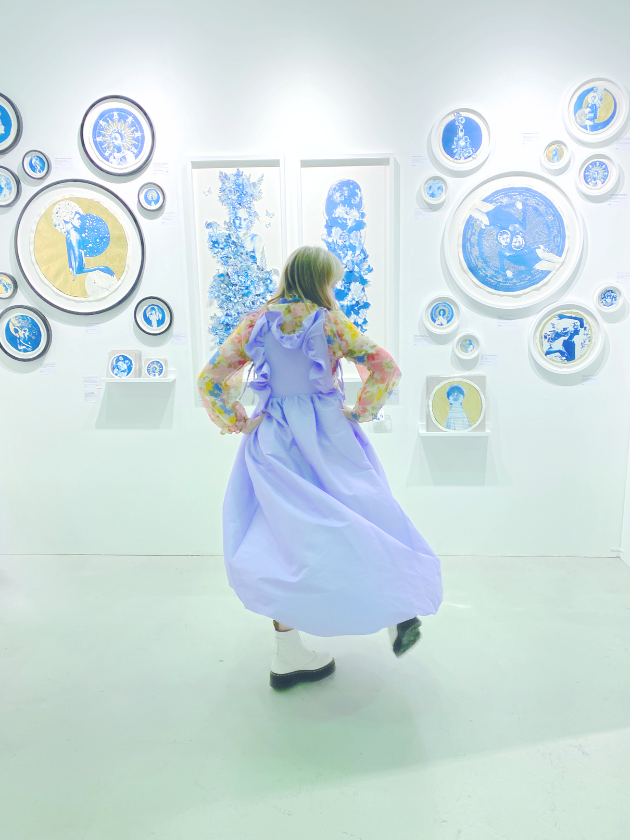
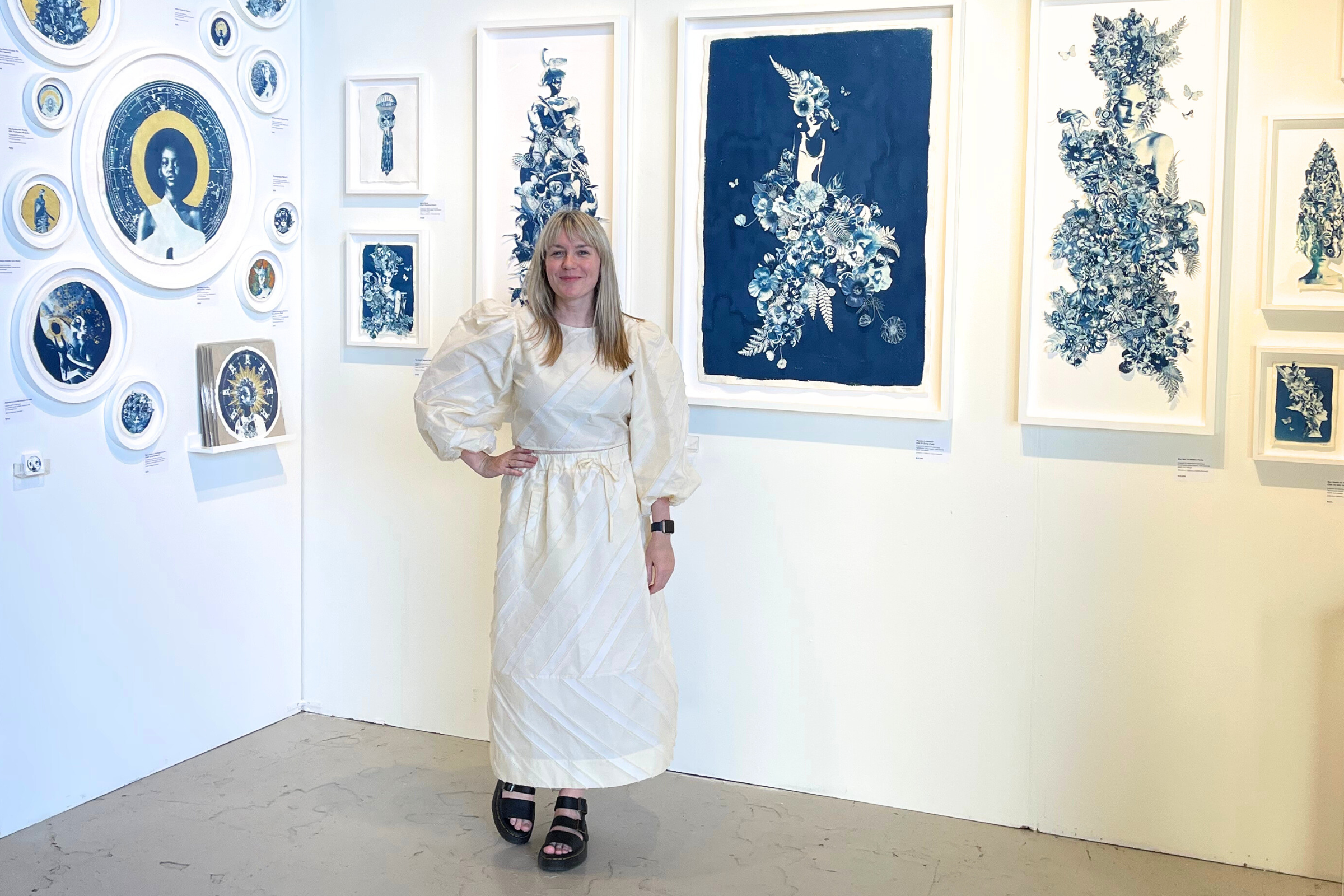
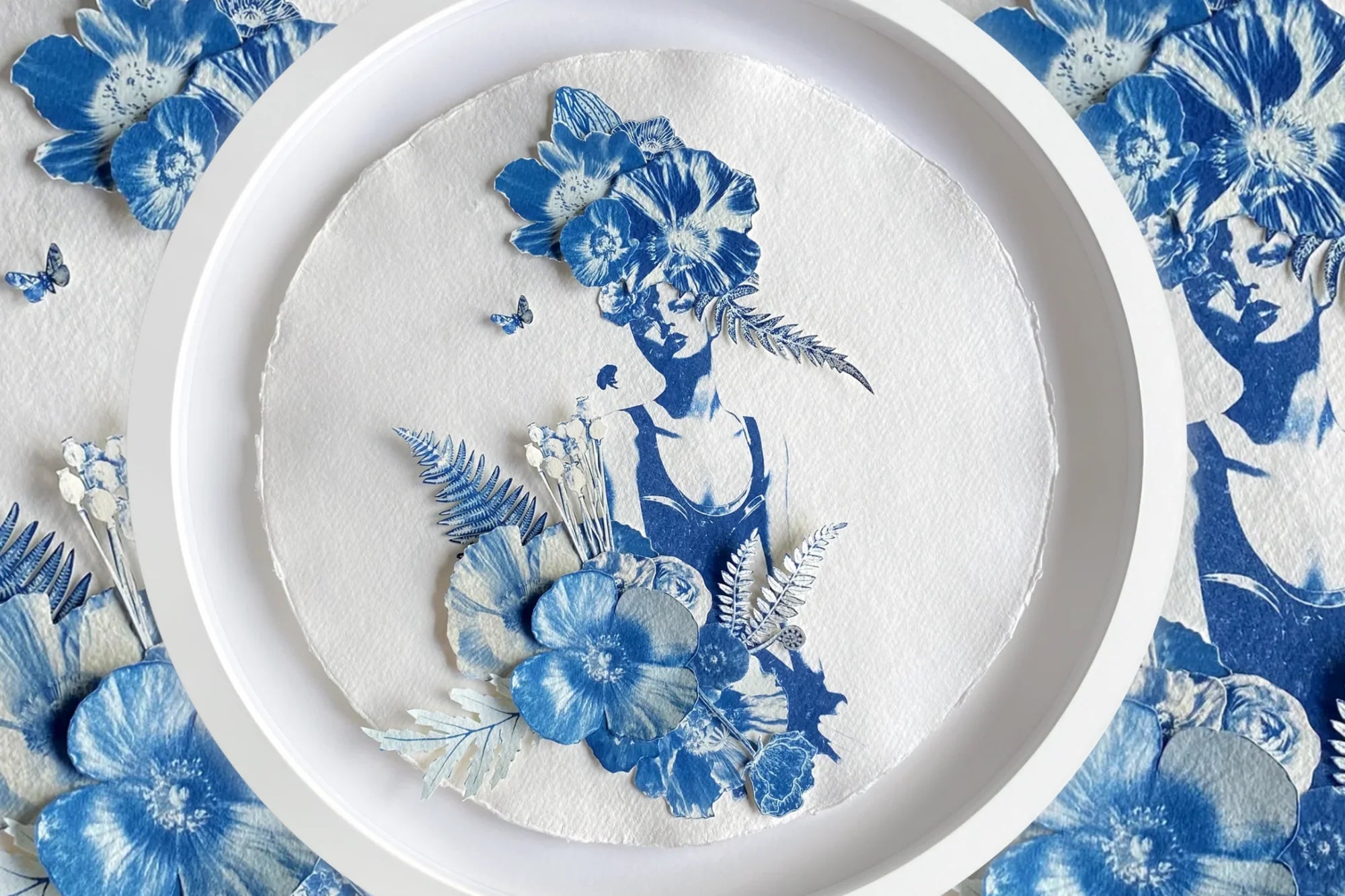
Leave a comment
This site is protected by hCaptcha and the hCaptcha Privacy Policy and Terms of Service apply.